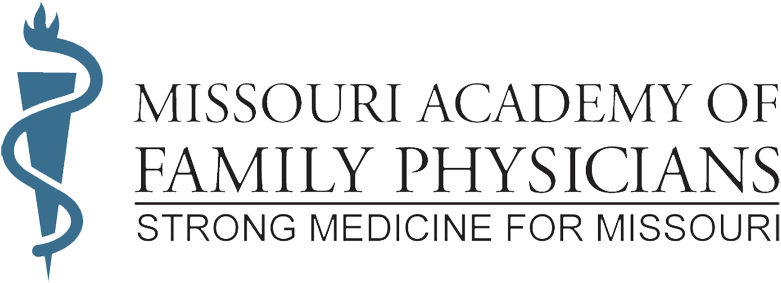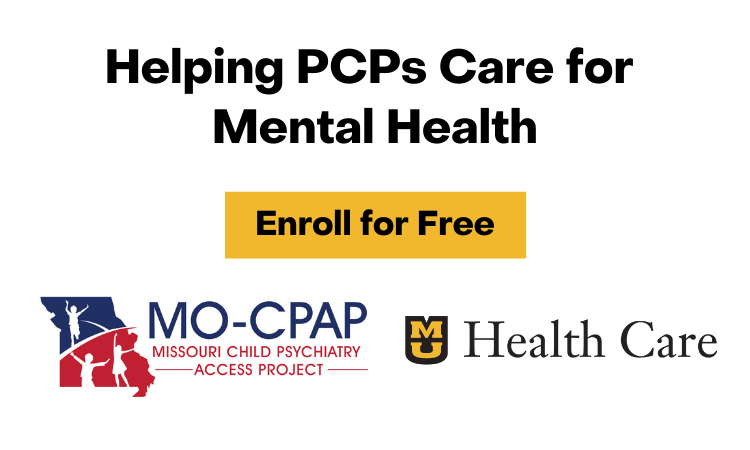I think there is more than ever both the need and opportunity for us to “be there.” While my list is not exhaustive, I think there are six major roles the family physician plays in caring for their patients near the end of life:
Giving bad news: Even if you are not the first to give bad news, following up with a phone call or visit after a patient has received a dread diagnosis provides reassurance and comfort. Remember it’s you the patient knows best and trusts.
Continuing care: Even if the cancer care becomes the domain of the oncologist, our patients have more than one disease and multiple needs. Create a schedule of regular visits to be in contact with ongoing treatment and prognosis. Address their other health problems as they come up and be an active contributor to addressing the primary one.
Symptom management: Regardless of the primary diagnosis, there are common symptoms in the advanced stages of chronic disease. These include pain, shortness of breath, constipation, fatigue, and depression. One or more of these is almost universal in the last months of someone’s life. Acknowledging and addressing these symptoms can be crucial to the patient’s function and comfort.
Facilitating goals of care: Here is the area most likely not addressed by other physicians caring for our patients. Most people in the United States who die are over 65 years and die of one of more of their chronic diseases. We are trained in diagnosis and treatment of diseases, often omitting discussions of patient preferences, prognosis, and goals of care. Every family physician should practice skills in identifying patient preferences, communicating about medical prognosis, defining and prioritizing goals of care (length of life, physical and mental function, comfort) and helping to implement a management plan consistent with the patient’s goals. Prioritizing goals affects the interventions offered and recommended; this process is dynamic. Goals and therefore plans change with prognosis and patient wishes.
Making the hospice referral: Sometimes after eliciting patient goals, it becomes clear a hospice referral is appropriate. While there are disease specific guidelines, with heart failure, COPD, and dementia it may be time for hospice when the patient no longer wants to go back to the hospital. It is not hard being the attending physician for your patient in hospice – they will help you, the patient, and their family.
Supporting caregivers: Chances are the patient’s caregiver is your patient too. Do not forget caregiver needs as their role changes and much different skills are demanded of them. Without this connection and the demands on their time and efforts, caregivers are not likely to ask for help and remain subject to anxiety, frustration, exhaustion, and depression.
We continue to provide care near the end of life. We can learn the skills, seize the opportunities, find value in this work and we will be appreciated. Whom would you want tending to your health needs when the end of your life is near?
About the Author
By: Dr. Steven Zweig

Zweig previously was associate editor of the Archives of Family Medicine, was on the editorial board of the Journal of the American Medical Directors Association, and has authored over 90 publications. He has been principal investigator on grants from the Health Resources Services Administration, American Association of Medical Colleges, John A. Hartford Foundation, RAND /Hartford, Robert Wood Johnson Foundation, Pew Charitable Trusts, and Donald W. Reynolds Foundation totaling over $7 million in external funding.
Local leadership roles have included serving on the Executive and Management Committees of University Physicians and the Vice Chancellor’s Clinical Integration Task Force. Nationally, he is president elect of the Association of Departments of Family Medicine and is past chair of the Leadership Development Committee.
Zweig is a family physician with additional certifications in geriatric medicine and hospice and palliative medicine. He has a primary care practice at Family Medicine South Providence and consults at University Hospital.
FCM has 75 full time faculty members who teach in all four years of the undergraduate medical curriculum. Thirty-six resident physicians work at four different training sites in and around Columbia. The department also sponsors ACGME fellowships in geriatric medicine and hospice and palliative medicine and an Academic Family Medicine Fellowship program (since 1980). Department members care for over 50,000 unique patients in seven Mid-Missouri locations. The department also manages three Mizzou Quick Care clinics and Mizzou Urgent Care. Faculty members manage grants with annual research expenditures over $2 million. For the last 24 years, the MU Department of Family and Community Medicine has been ranked among the top 10 family medicine departments by US News and World Report.



